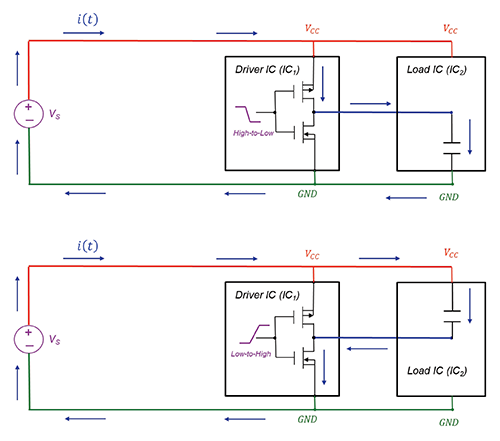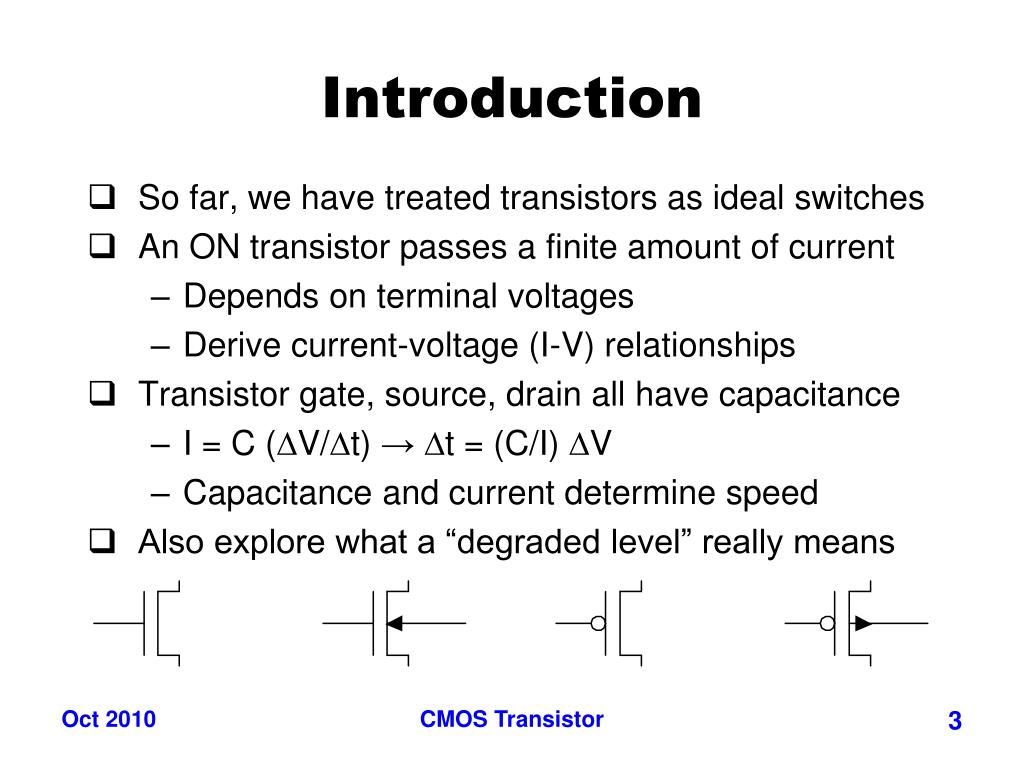

More information on electrical characterization can be found on Kris Campbell’s research site. Electrical characterization is performed using state-of-the-art microprobe stations in various labs. To learn more, contact Kris Campbell for device research, and Kurtis Cantley for circuit research, or visit ĭevice fabrication is performed in the Idaho Microfabrication Laboratory. It is also adept at experiential learning and making predictions and inferences, which are critical properties for future intelligent computers. The motivation for this effort is that the brain is able to process many types of real-world information far more efficiently than today’s digital computers. This research involves the use of novel semiconductor materials and devices such as memristors for implementing electronic neural networks with biologically realistic behaviors and learning modalities. Vogel, “Spatio-Temporal Pattern Recognition in Neural Circuits with Memory-Transistor-Driven Memristive Synapses,” in 2017 International Joint Conference on Neural Networks (IJCNN), 2017, pp. Cantley, “Modeling Memristor Radiation Interaction Events and the Effect on Neuromorphic Learning Circuits,” Proc. Cantley, “Radiation Effect on Learning Behavior in Memristor-Based Neuromorphic Circuit,” in 2019 IEEE 62nd International Midwest Symposium on Circuits and Systems (MWSCAS), 2019, pp. Cantley, “Learning Behavior of Memristor-Based Neuromorphic Circuits in the Presence of Radiation,” in Proceedings of the International Conference on Neuromorphic Systems, 2019. Cantley, “A Spatiotemporal Pattern Detector,” in 2019 IEEE 62nd International Midwest Symposium on Circuits and Systems (MWSCAS), 2019, pp.
#Cmos transistor schematic ece 2020 software#
This research has opportunities for collaboration in multiple areas of computer science, specifically software machine learning, firmware development, and operating systems

The Transport Characterization Lab and the Idaho Microfabrication Laboratory are also utlized in this research. The Electronic and Neuromorphic Device and Systems (ENDS) Lab is located in the Micron Engineering Center, room 312. To learn more, visit the Cantley Research Group online. These systems may rely on analog signals, voltage pulses/spikes, or other physical phenomena for information transmission. The overall goal is the design of custom hardware solutions to implement various machine learning algorithms. Drawing inspiration from biology, neuromorphic systems can learn, adapt, and process diverse sets of information originating from a variety of sources. If you do not allow these cookies, you will experience reduced relevant content.Neuromorphic architectures have the potential to revolutionize computing efficiency and capability. They do not store directly personal information, but are based on uniquely identifying your browser and internet device. They may be used by Analog Devices to build a profile of your interests and show you relevant content on our site. Targeting Cookies: These cookies may be set through our site by Analog Devices and our service providers. If you do not allow these cookies we will not know when you have visited our site, and will not be able to monitor its performance. All information these cookies collect is aggregated and therefore anonymous. They help us to know which pages are the most and least popular and see how visitors move around the site. Performance Cookies: These cookies allow us to count visits and traffic sources so we can measure and improve the performance of our site. If you do not allow these cookies then some or all of these services may not function properly. They may be set by us or by third party providers whose services we have added to our pages. Functional Cookies: These cookies enable the website to provide enhanced functionality and personalization. These cookies do not store any personally identifiable information. You can set your browser to block or alert you about these cookies, but some parts of the site will not then work. They are usually only set in response to actions made by you which amount to a request for services, such as setting your privacy preferences, logging in or filling in forms. Strictly Necessary Cookies: (Always Active) These cookies are necessary for the website to function and cannot be switched off in our systems. After we finish updating our website, you will be able to set your cookie preferences. Analog Devices is in the process of updating our website.


 0 kommentar(er)
0 kommentar(er)
